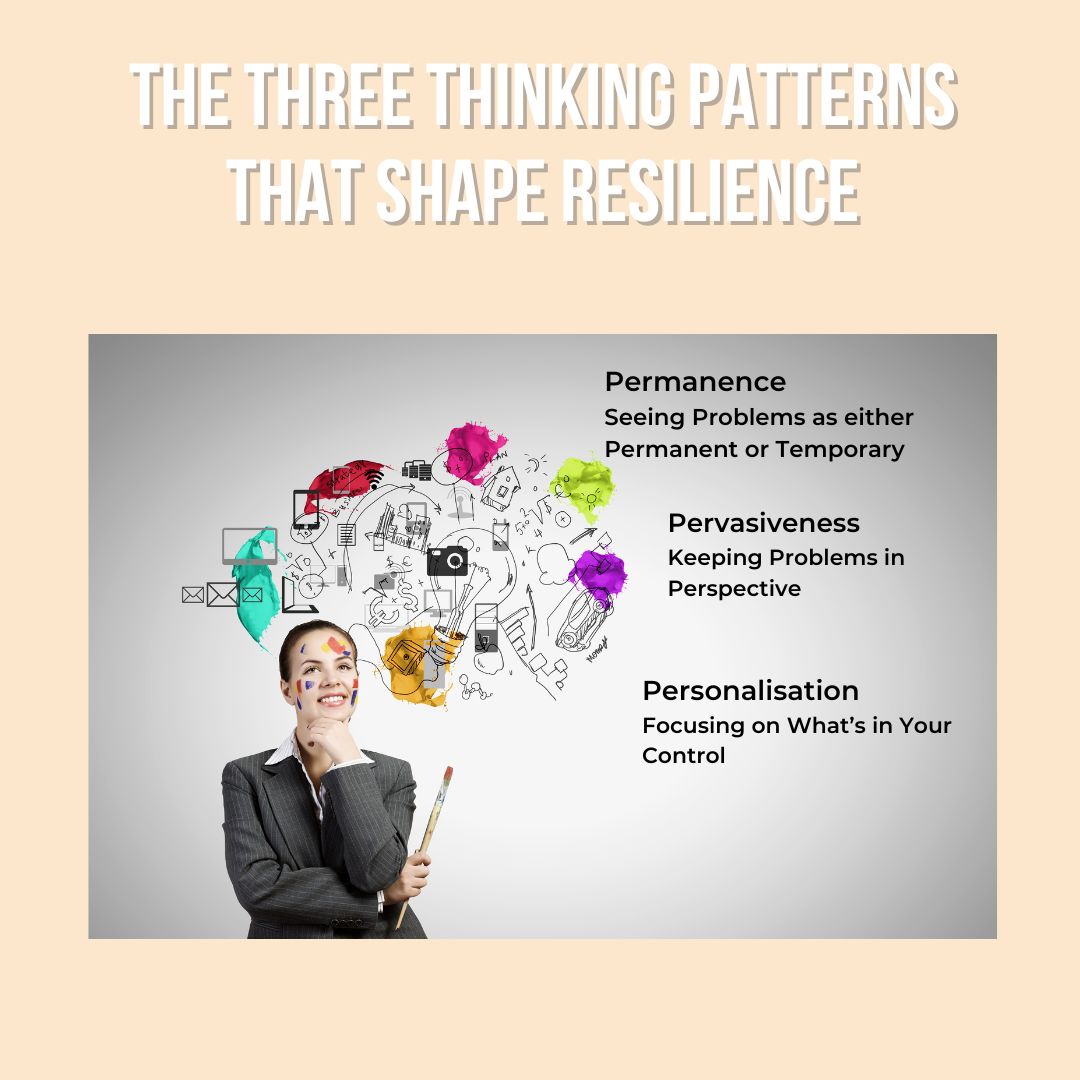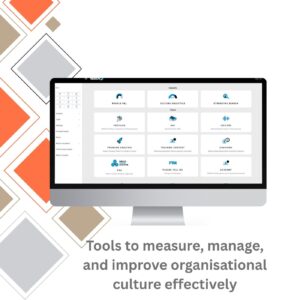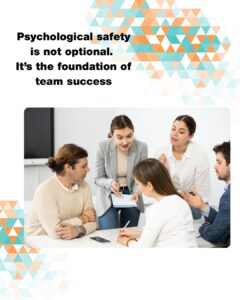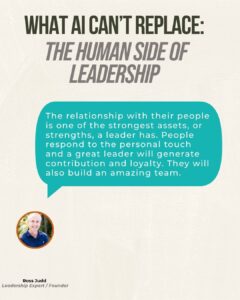Can You Learn to Be Optimistic? The Psychology of a Resilient Leadership Mindset
When something goes wrong, how do you respond?
Do you give up or look for another way forward?
The difference between those two reactions defines how leaders handle setbacks. Optimistic leaders see opportunity in challenge. Pessimistic leaders see defeat. And that difference can determine the overall strength of your team, your culture, and even your business results.
In the field of leadership development, optimism isn’t about wishful thinking, it’s about building resilience at work. It’s a science-backed mindset that directly impacts leadership wellbeing and performance across every level of an organisation.
The Science Behind Optimism and Leadership Mindset
Dr Martin Seligman, one of the founders of modern positive psychology, explored this concept deeply in his groundbreaking book Learned Optimism. His research proved that optimism can be learned.
In other words, optimism is a product of training just like leadership.
Through intentional leadership mindset training, individuals can rewire the way they interpret challenges, learn from failures, and lead with confidence.
This forms the foundation of what many now call the psychology of success, understanding that our thoughts shape our results, and our mindset shapes our outcomes.
When leaders apply this thinking, they don’t just become more effective they create more resilient workplace cultures where people feel supported to take risks, innovate, and recover from challenges faster.
The Three Thinking Patterns That Shape Resilience
Seligman discovered that pessimistic thinking follows three distinct patterns that influence how we react to setbacks.
They are Permanence, Pervasiveness, and Personalisation, and they determine how resilient you are in moments of stress.
1. Permanence – Seeing Problems as either Permanent or Temporary
Pessimists believe that when something bad happens, it will last forever.
Optimists see it as a temporary challenge.
For example:
- Pessimistic thinking: “This failure will define me.”
- Optimistic thinking: “This is frustrating, but it’s temporary — and I’ll learn from it.”
On the other hand Pessimists believe that when something good happens, it’s just temporary, whereas Optimists see it as a permanent change.
For example:
- Pessimistic thinking: “That was good, but it’s not going to last.”
- Optimistic thinking: “That’s great, it will make everything else easier.”
This mindset shift is central to developing emotional resilience. It helps leaders bounce back faster, manage stress, and sustain wellbeing, a vital skill in today’s high-pressure business environment.
2. Pervasiveness – Keeping Problems in Perspective
When one thing goes wrong, pessimists believe everything is falling apart.
Optimists recognise that challenges are usually confined to a single situation.
For example:
- The Pessimist thinks “This project didn’t go well and it’s going to scar my reputation and other opportunities.”
- Where as the Optimist thinks “This project didn’t go well, but the rest of the business is strong.”
As with Permanence, it all reverses when you flip it to something good.
Pessimists believe that when something good happens it’s just an isolated experience whereas the Optimist will think that everything will benefit from it.
For example:
- Pessimistic thinking: “That was good, but it’s a shame it was just in that project.”
- Optimistic thinking: “That’s great, it will make everything else easier.”
This thinking is the cornerstone of mental resilience in the workplace. It allows leaders to isolate challenges rather than catastrophise them, a critical skill when leading through uncertainty or change.
3. Personalisation – Focusing on What’s in Your Control
When things go wrong, pessimists blame themselves completely. Optimists look at the broader picture, acknowledging their role while also recognising external factors.
That doesn’t mean avoiding accountability; it means seeing failure as a learning opportunity, not a personal flaw.
This mindset builds positive thinking in leadership, the ability to own outcomes without being consumed by them.
In contrast, when good things happen, optimists take ownership of their contribution. They recognise their skill, effort, and decisions as key drivers of success, reinforcing confidence and motivation.
From Fixed Thinking to Growth Mindset for Leaders
This approach aligns closely with the idea of a growth mindset for leaders, the belief that abilities and intelligence can be developed through effort, feedback, and persistence.
Leaders with a growth mindset see every challenge as an opportunity to learn. They view failure as feedback, not finality. That’s what makes them more adaptable, more innovative, and ultimately, more resilient.
Developing this mindset isn’t just about motivation, it’s a form of leadership mindset training that can reshape how teams approach change and adversity.
The Psychology of Success: Why Optimism Matters for Leadership Wellbeing
Optimism and resilience are not “soft skills.” They are performance multipliers.
Leaders who model optimism create environments where people feel safe to contribute, problem-solve, and grow.
In organisations focused on leadership wellbeing in Australia, optimism is now seen as a key driver of both mental health and performance. It improves decision-making, strengthens relationships, and builds trust, all essential components of a resilient workplace culture.
When teams see their leaders staying calm under pressure, they follow suit.
When they see optimism in action, they learn to replicate it.
That’s the essence of how leaders handle setbacks with confidence, perspective, and persistence.
Practical Steps for Developing Emotional Resilience
Building optimism and resilience is a lifelong process, but you can start with three simple habits:
- Challenge permanence: When something goes wrong, remind yourself “This is temporary.”
- Contain pervasiveness: Keep challenges in perspective. Don’t let one issue cloud everything else.
- Balance personalisation: Take ownership when needed, but don’t internalise blame.
These are the same mental frameworks used in professional leadership mindset training programs to strengthen resilience, optimism, and wellbeing in leaders and teams.
Creating a Resilient Workplace Culture
We’ve seen how optimism and resilience transform not just individuals, but entire organisations.
Our leadership development and resilience programs help teams adopt the mindset and behaviours that create a truly resilient workplace culture — where people stay motivated, solutions-focused, and mentally strong through change.
Whether you’re leading a small business or a large enterprise, building resilience at work starts with you, your mindset, your optimism, and your ability to inspire the same in others.
📞 Call 1300 551 274
📧 team@teamfocusplus.com
🌐 teamfocusplus.com
Call me directly: Ross Judd – 0412 490 250
📧 Email: team@teamfocusplus.com
Stay Connected
Sign up for our newsletter to get updates on upcoming workshops and transformational leadership programs.





